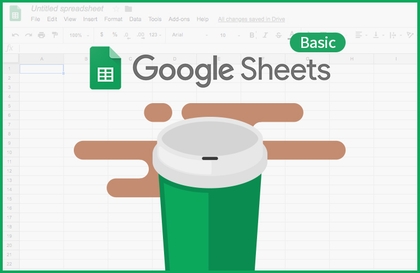
아메리카노 한 잔으로 듣는 구글시트 기초
박범진
구글 스프레드시트의 모든 것을 담은 것이 아닌, 제가 현업에서 데이터를 전처리 할 때 쓰는 것들만을 모아 담았습니다.
입문
Google Sheets
You can learn how to handle data frames (tables) using Python, similar to the SELECT statement in SQL.
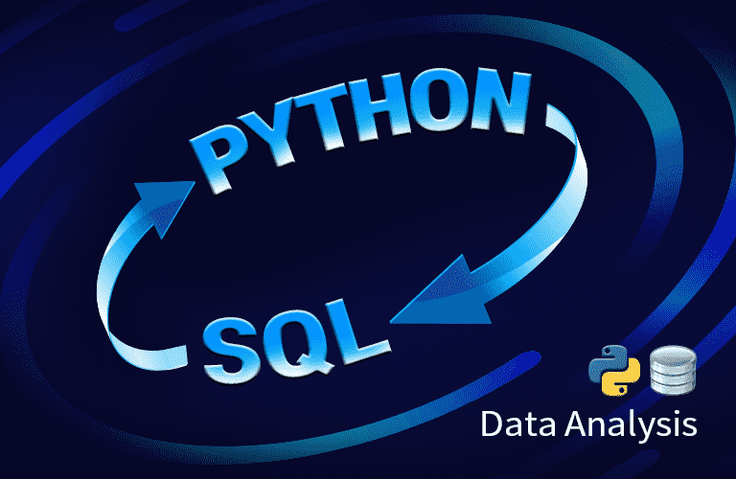
Python Basic Grammar
Python Pandas
How to use Google Colab
Data Preprocessing Using Python
Python, written like SQL, easy and simple!
Attention these people!
“Learning SQL was difficult, and now I have to learn a new language again...”
“How do I install Python...” (burden)
Recently, not only developers but also marketers and planners have been using SQL more and more. This is because they can directly access the database and extract data using SQL queries.
But what if these people who only know how to handle SQL are given a CSV file that is used in Excel instead of a database? Even if it has the same data structure, it will not be easy to handle.
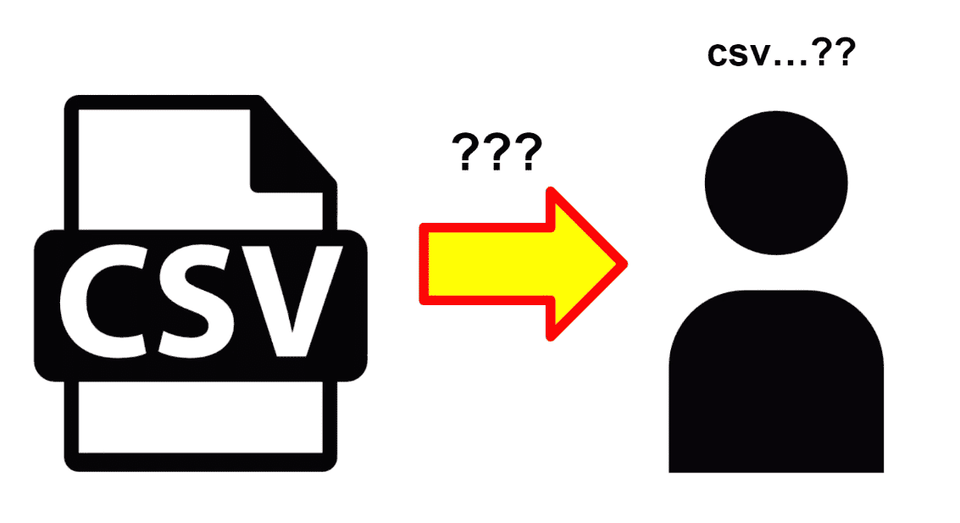
However, in actual work, there are many times when you create and handle data frames from CSV files rather than databases. In such cases, it would be inefficient to ask for help from others or directly push CSV into the database as a table and then reprocess the data using SQL language.
So in this lecture, we will learn how to use SQL like a SELECT statement with CSV files using a language called Python . If you are looking for a way to handle CSV files and data frames as well as SQL, and if you want to easily and conveniently output the results you want in Python, pay attention!
✅ Learn how to handle data frames (tables) like SQL using various Python syntax and functions.
✅ We explain concepts in SQL in a 1:1 match with Python as much as possible, focusing on practice.
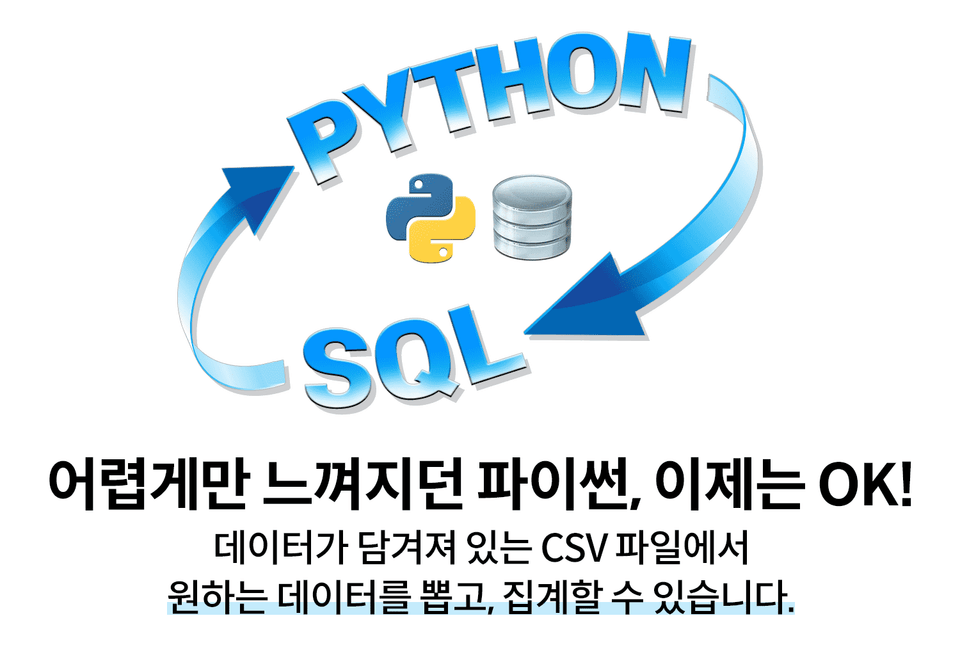
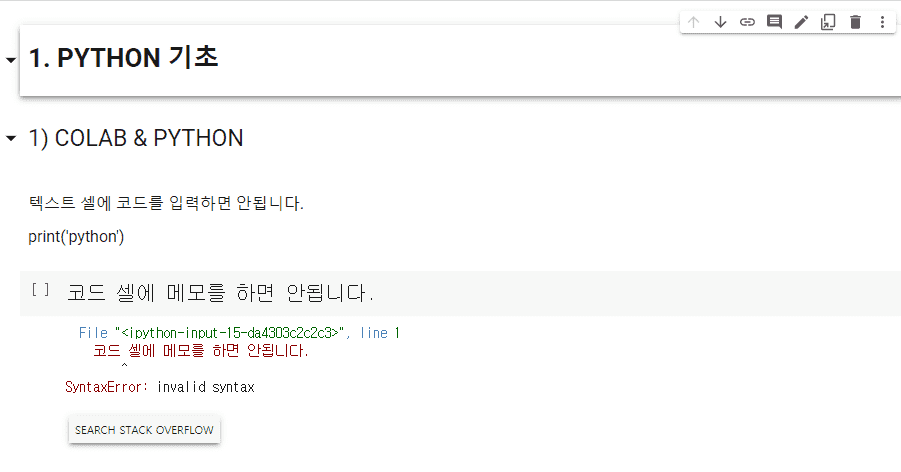
1. Python Basics
We'll give you a brief introduction to Google Colab and learn the basic grammar of Python.
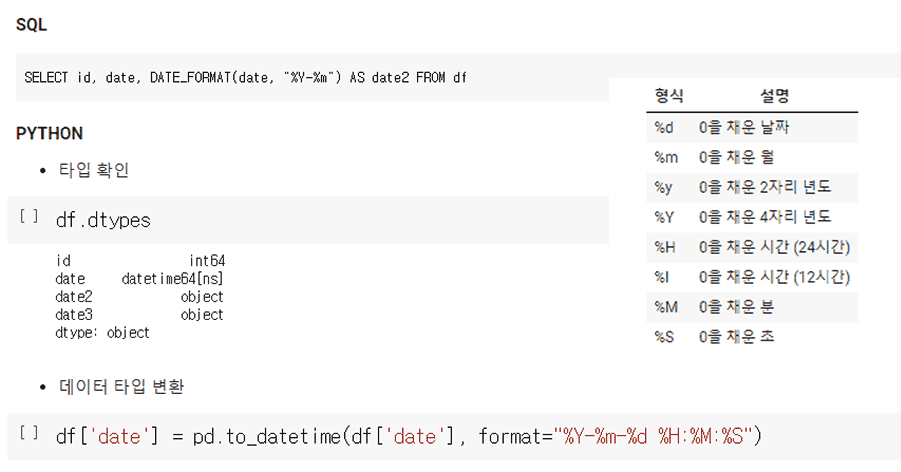
2. SELECT
Just like writing a SELECT statement in SQL, you can learn how to extract only the field names you want from the data you have, change the date display format, etc.
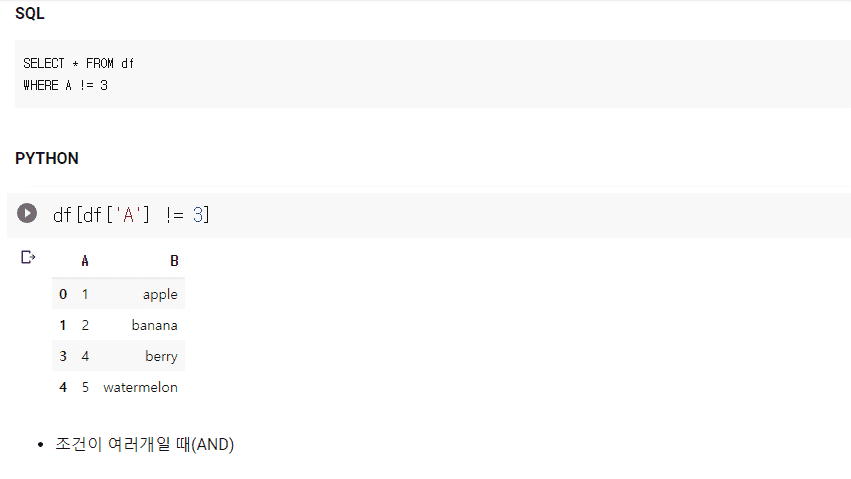
3. WHERE
You will learn how to retrieve only the data that matches the conditions you want, like in the WHERE clause in SQL.
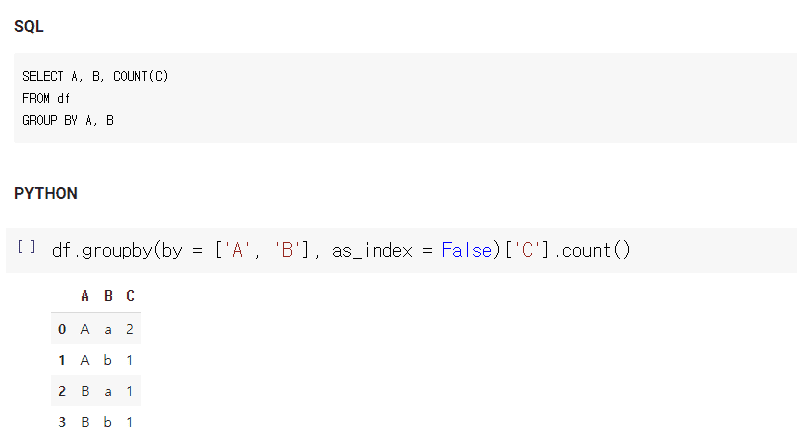
4. GROUP BY
You can perform simple statistics (sum, check quantity, etc.) based on specific field(s), as in the GROUP BY clause of SQL.
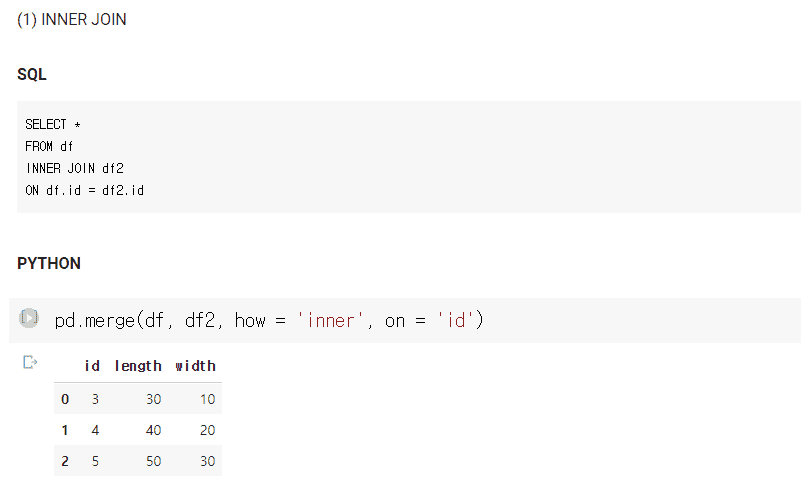
5-6. JOIN, UNION
You can learn how to combine two tables, such as JOIN and UNION in SQL.
Q. Can I learn everything about Python through this course?
This course was created based on implementing the SELECT statement in SQL. I do not recommend it if you want to study the Python language itself.
Q. Will the theories covered in the lecture be very complicated?
Since this course is focused on practice rather than theory, I don't think there will be any parts that are difficult to understand.
Q. Do I have to know SQL to take this course?
There may not be any difficulty in listening to the lecture itself, but there may be some parts where the explanation is insufficient because the analogy is given using SQL. (Recommended for those who already know SQL.)
Q. Do you plan to create other lectures?
In addition to this lecture, we are currently planning several other items.

Who is this course right for?
Anyone who wants to control a CSV file made up of data
If you want to use Python like SQL
Need to know before starting?
SQL
9,869
Learners
442
Reviews
15
Answers
4.8
Rating
8
Courses
- 현) KREAM 데이터 분석가
- 전) ABLY 데이터 분석가
- 전) wadiz 데이터 분석가
- 전) XIILab 인공지능개발팀 선임연구원
- 전) 아라종합기술 수치모델링1팀 사원
- 인하대학교 해양과학과 (학/석)
All
27 lectures ∙ (2hr 11min)
Course Materials:
All
10 reviews
5.0
10 reviews
$8.80
Check out other courses by the instructor!
Explore other courses in the same field!